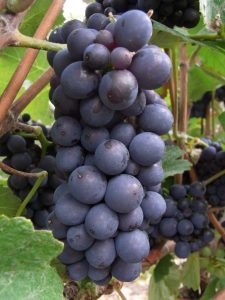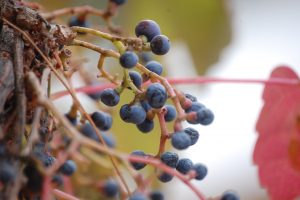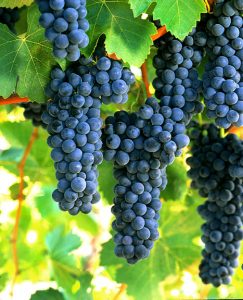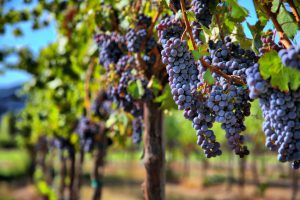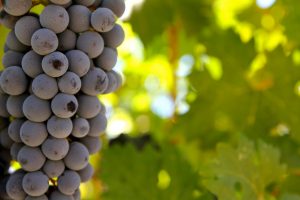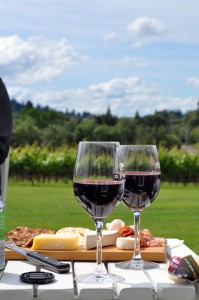 Most Americans relegate Champagne and other fine sparkling wines to special occasions: Thanksgiving dinner, Christmas, weddings, late night holiday parties, New Year’s Eve celebrations, etc. Frankly, Champagne deserves better. Here’s why.
Most Americans relegate Champagne and other fine sparkling wines to special occasions: Thanksgiving dinner, Christmas, weddings, late night holiday parties, New Year’s Eve celebrations, etc. Frankly, Champagne deserves better. Here’s why.
Champagne, the original and finest sparkling wine that hails from the ancient province of Champagne, enjoys a reputation as the “Belle of the Ball,” the perfect aperitif, a wine of conviviality and good cheer, but there is more to Champagne than frivolity. Champagne works its magic day and night all year round. It also pairs beautifully with a host of foods, which has earned it a reputation as a wine for all seasons and occasions. Long ago European wine drinkers discovered the many pleasures of Champagne and consume far more Champagne than Americans, both with and without a meal. So why not discover the pleasure of Champagne by pouring a glass on a cold, rainy day as well as a warm, sunny day, or serve it at a mid-week meal as well as at a party? Isn’t every day meant to be celebrated in some way?
Why limit the pleasure of good bubbly to a few occasions or just one time of year? Even better, prepare a mid-week meal around a good bottle of Champagne and see why French and Italians consume so much more of this magical wine than Americans. Champagne makes glad the heart as it cleanses the palate and enlivens the soul. For these reasons and more I enjoy Champagne at all times of the year and twice as often during the holidays. I especially enjoy it as an aperitif during a fun-filled evening with friends in the company of tasty morsels. So, what are you waiting for? Make mine Brut Champagne, and make today special.
Don

